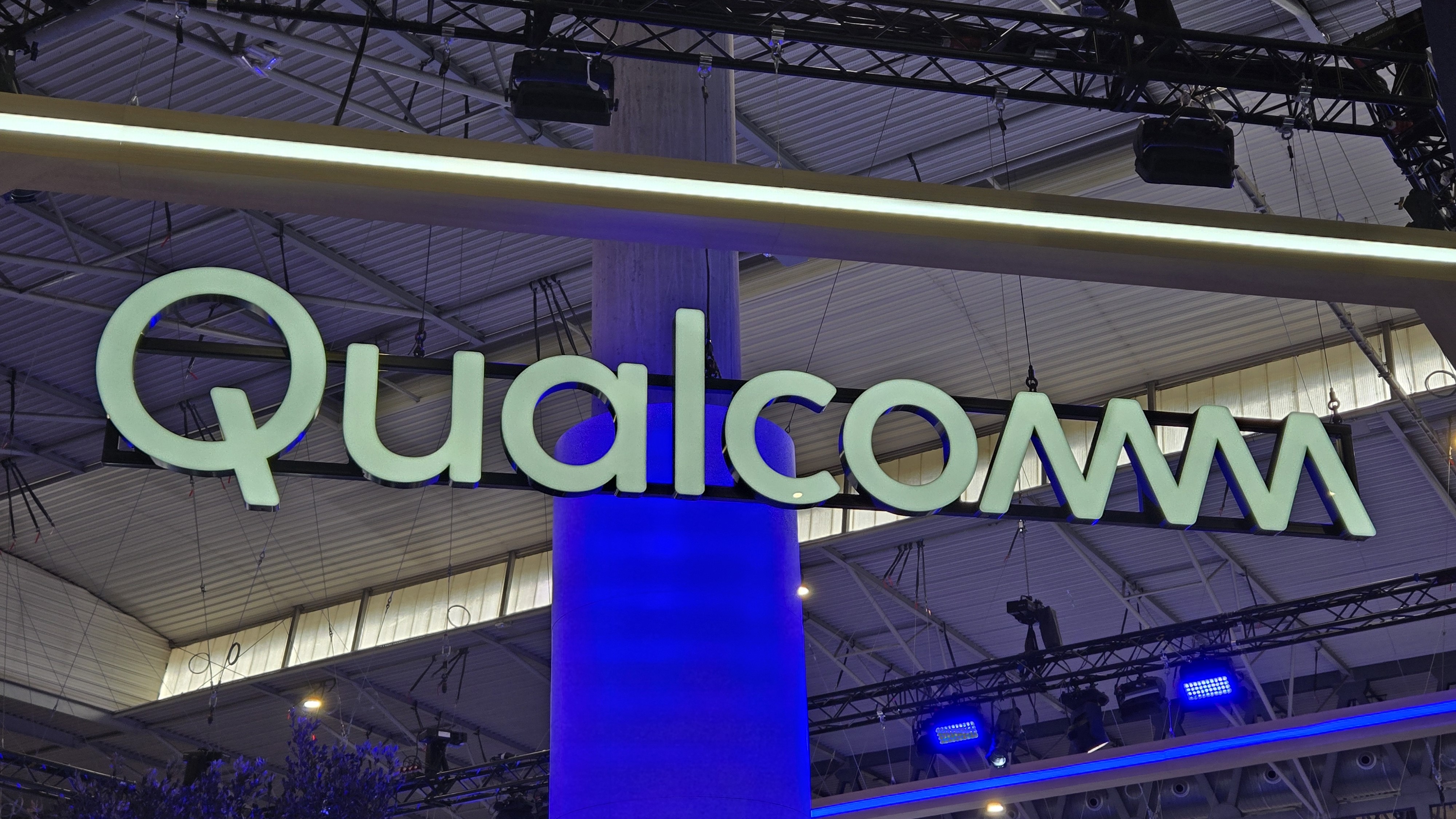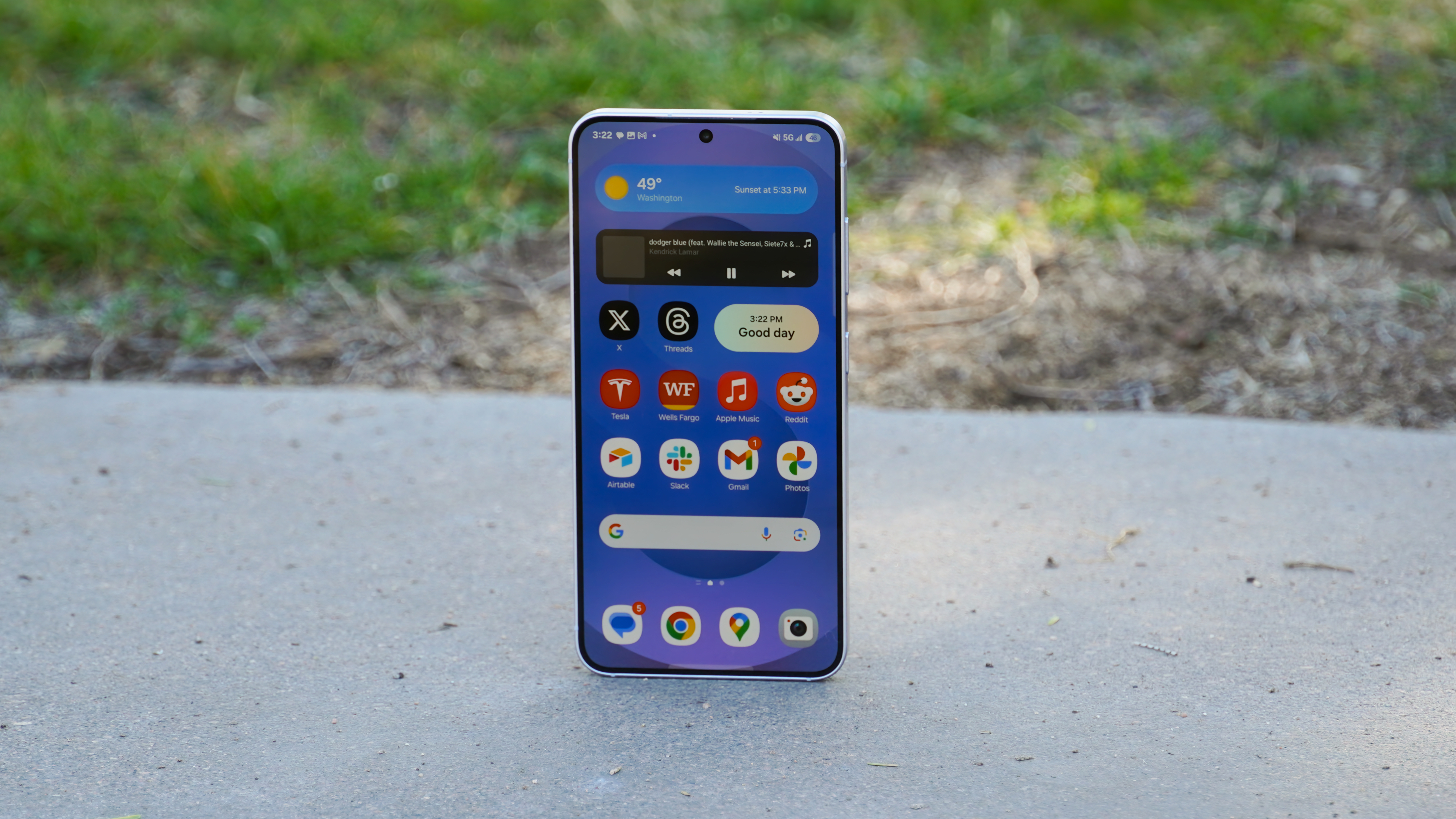Qualcomm wants to make generative AI accessible to everyone
With AI Hub, Qualcomm is bundling all the tools necessary to bring generative AI to phones.

AI is seemingly everywhere these days; it's in your phone, your TV, computer, and even your earbuds. The tech is still in its infancy, but there are legitimate use cases where AI makes a difference — transcribing notes, generating summaries, image editing, and so on.
It's no surprise, then, that Qualcomm is getting in on the action. The chip manufacturer unveiled the AI Hub back at Mobile World Congress, and it is a platform of AI models that can easily be deployed by developers on devices running Qualcomm hardware, including Snapdragon 8-powered phones and various IoT devices.
With AI Hub, Qualcomm is making it easier for developers to utilize AI models into their existing services with a minimum of effort. The idea is to provide access to on-device AI utilities on portable devices, and as such the models that Qualcomm is integrating into AI Hub target use cases like image recognition and editing, generating images from text prompts, automatic speech recognition, and so on.

To get a better understanding of what the brand is trying to achieve, I talked to Sahil Arora, Qualcomm India's Senior Business Development Manager, on the sidelines of the Qualcomm India Developer Conference. We started out with the basics: how does AI Hub benefit developers?
"We are taking on a lot of workload that's usually handled by application developers, and this makes it easier for them to get going with AI. So if a developer wants to use any particular AI model, we already have it available in the AI Hub, and these models are pre-optimized and pre-tuned; they just need to use a sample application to get started. In just five codes of line, they can get started with an AI model," said Arora. "We are basically helping developers to focus on coming up with new and innovative use cases instead of putting efforts into integrating tools and AI models into their workflow."
What's interesting about the way Qualcomm is positioning AI Hub is that if a developer wants to run their own models, they can do so easily. "If a developer has already worked on a particular AI model and wants to use it on a device, they can just publish it to the AI Hub and integrate it seamlessly," noted Arora. AI Hub models target Snapdragon 8 series devices — including the Snapdragon 8 Gen 3 — and Qualcomm's IoT platforms, and the chip vendor is set to launch these models on its Snapdragon X series in the coming months.

AI Hub launched with 75 AI models, and it now has 95 models available to choose from, including the likes of Stable Diffusion, Whisper, ControlNet, and Baichuan 7B. While it's great that these tools are easily accessible, I wanted to know how they'll affect end users. "With these utilities, developers can easily offer extensive personalization and customization options — such as expanding an existing picture's backdrop, AI translation, or creating AI-assisted backgrounds — without having to turn to the cloud." said Arora.
Get the latest news from Android Central, your trusted companion in the world of Android
A big part of AI Hub's allure is that the included models are primarily run on-device; Qualcomm showcased use cases like image object eraser on the OPPO Find X7 Ultra, AI-assisted image expansion with the Xiaomi 14 Ultra, and AI-powered video editing with the Honor Magic 6 Pro. Arora noted that Qualcomm sees itself as a "technology enabler," and that it delivers the tools that allows its partners to come up with unique use cases. "AI Hub isn't a customer-facing feature, but it has the ability to impact a lot of consumers."
The best part about AI Hub is that Qualcomm isn't charging a license to use the included AI models; they're free to use by all developers. By focusing on generative AI use cases on mobile devices, Qualcomm is looking to offer another layer of differentiation with its Snapdragon chipsets, and with the upcoming Snapdragon 8 Gen 4 touted to deliver sizeable gains in this area, it will be interesting to see what next-gen phones have to offer.

Harish Jonnalagadda is Android Central's Senior Editor overseeing mobile coverage. In his current role, he leads the site's coverage of Chinese phone brands, networking products, and AV gear. He has been testing phones for over a decade, and has extensive experience in mobile hardware and the global semiconductor industry. Contact him on Twitter at @chunkynerd.
You must confirm your public display name before commenting
Please logout and then login again, you will then be prompted to enter your display name.
